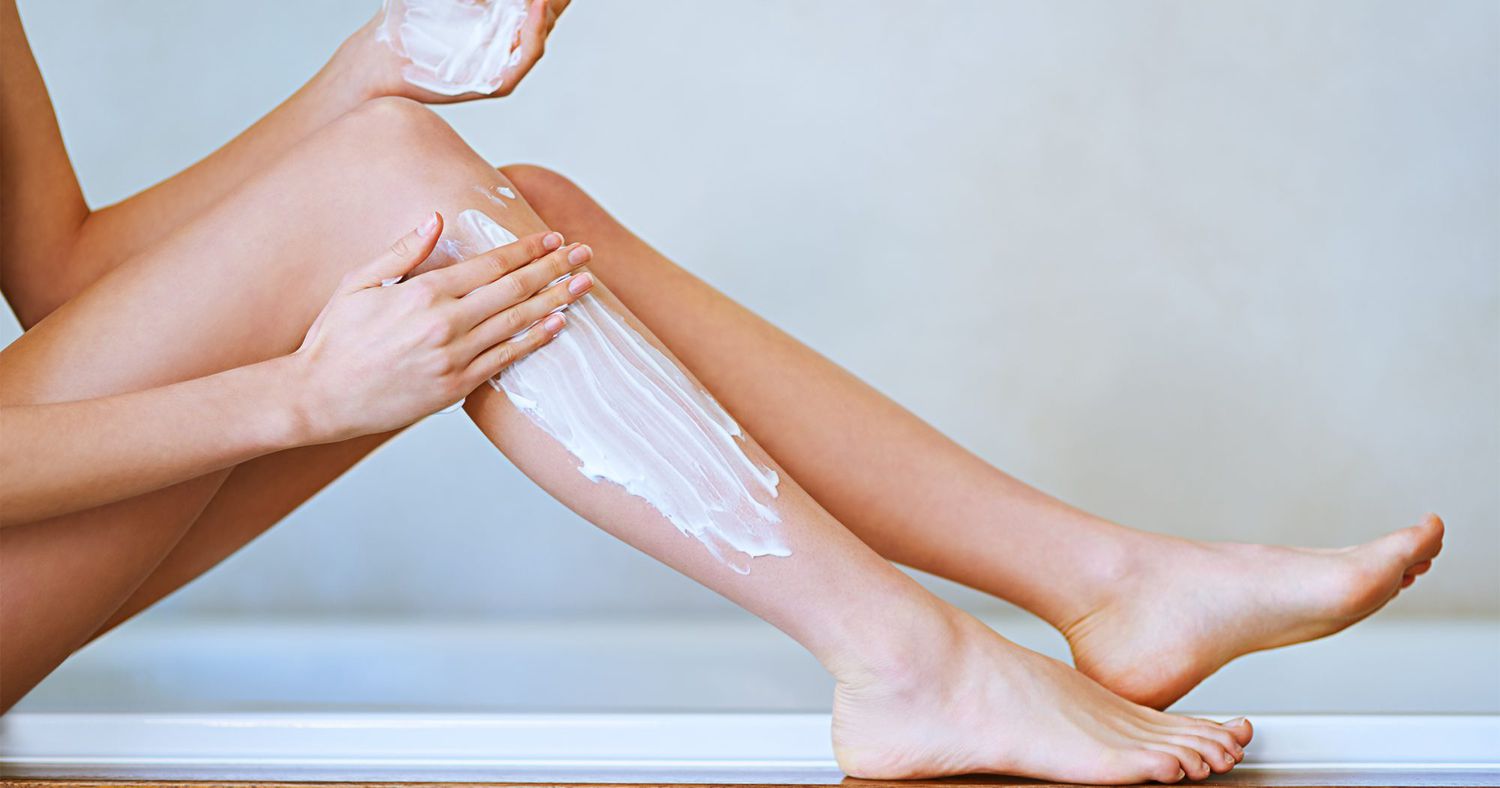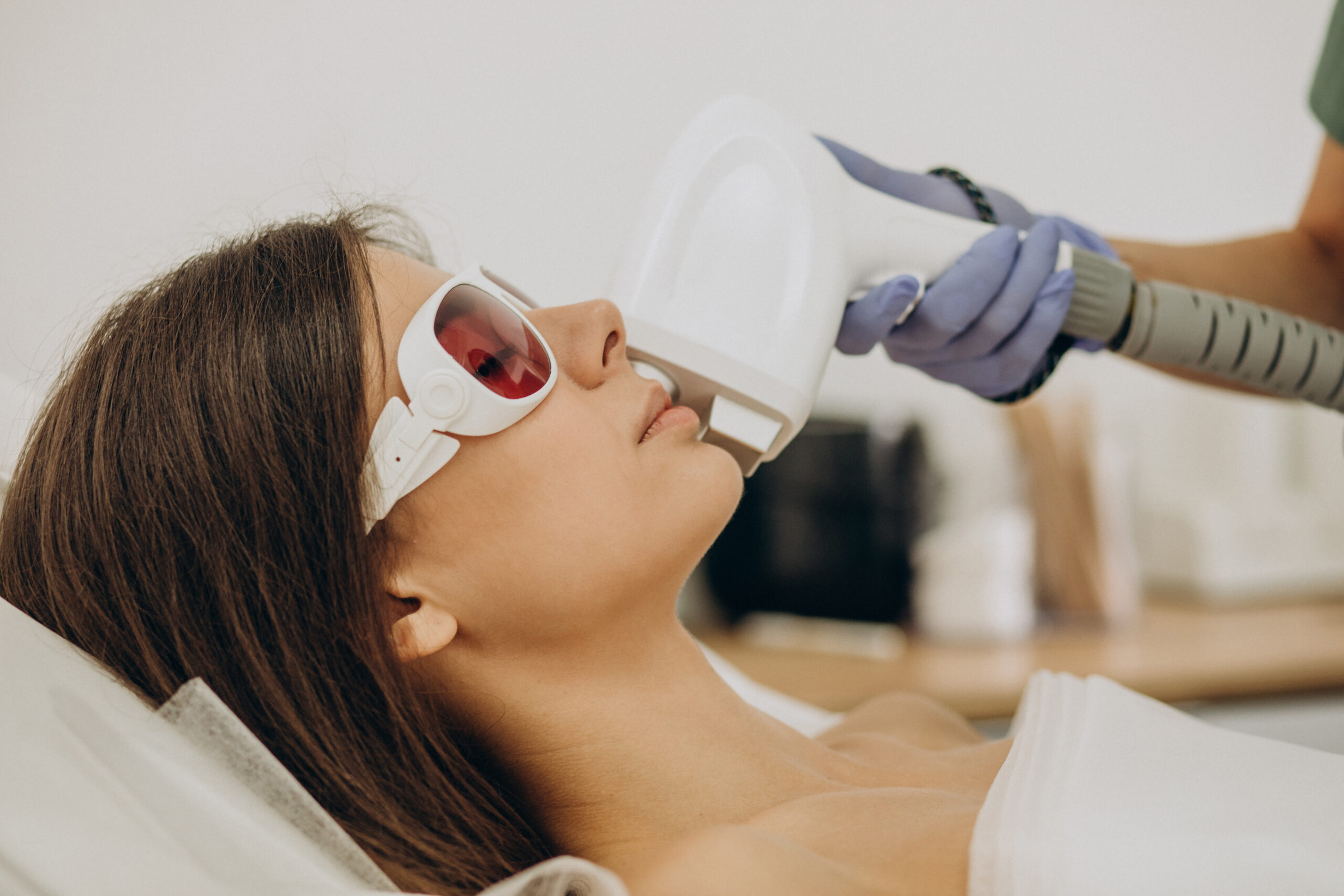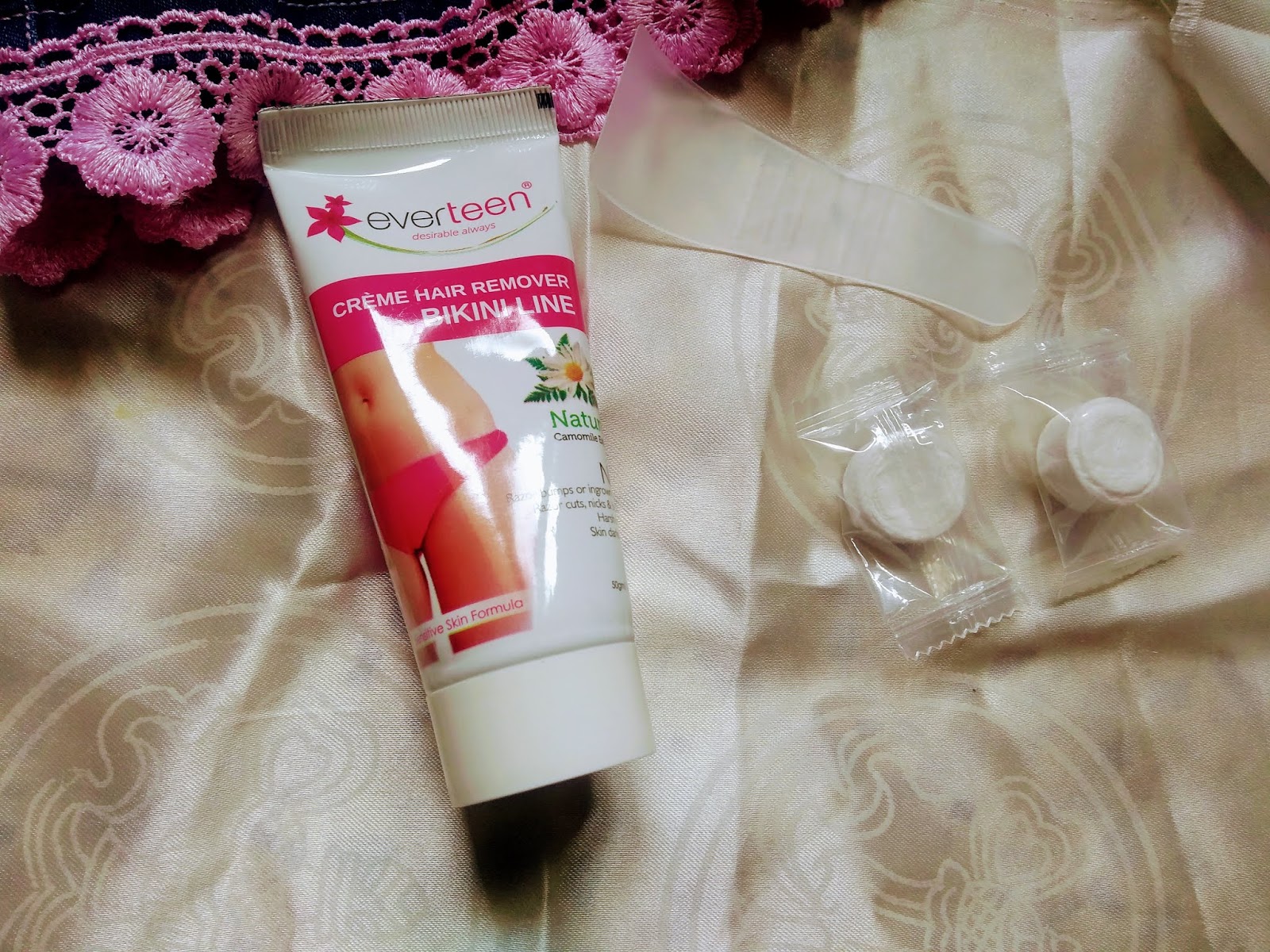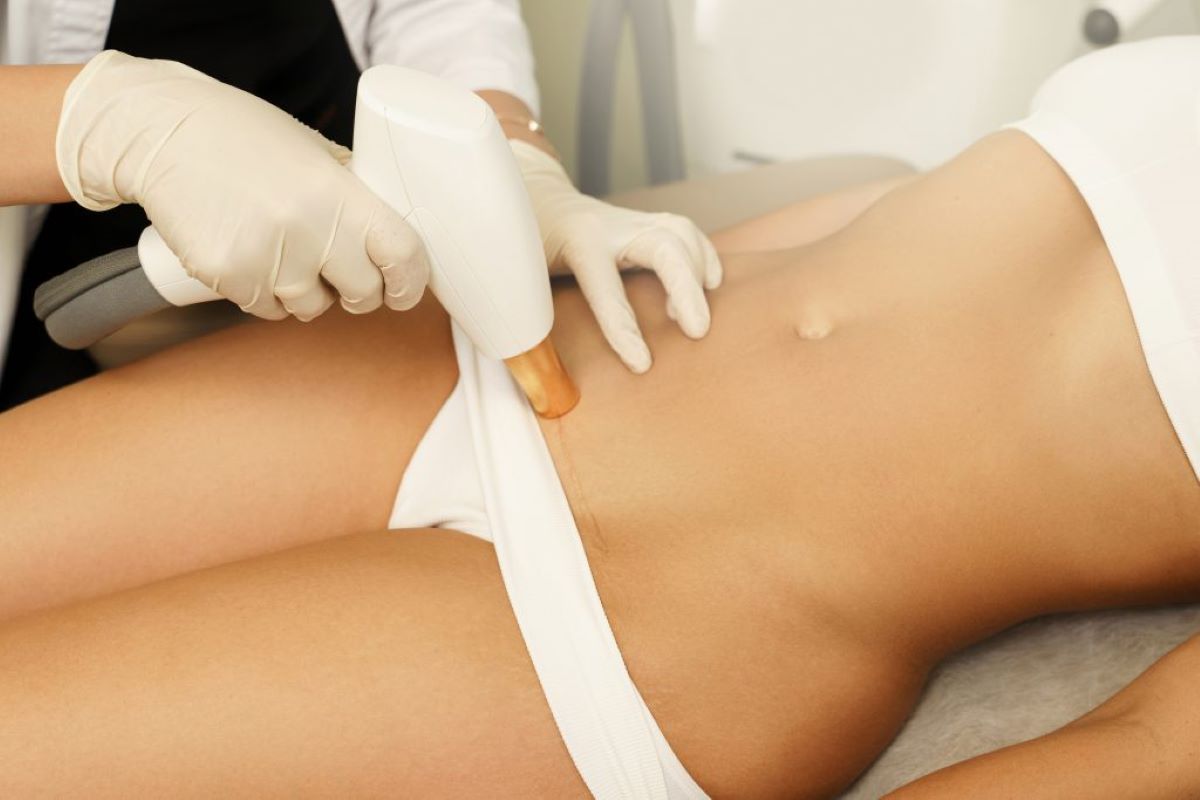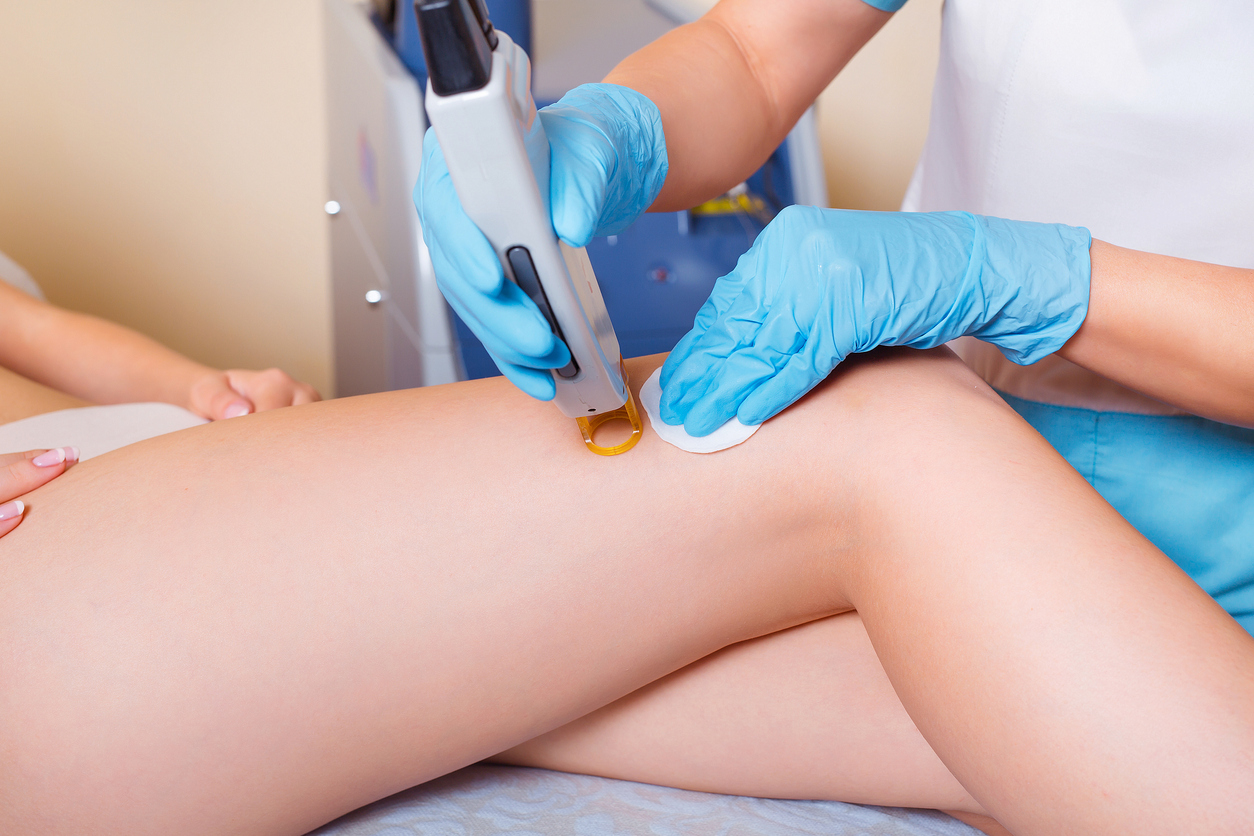Home>How-to Guides>For Women>How To Use Laser Hair Removal
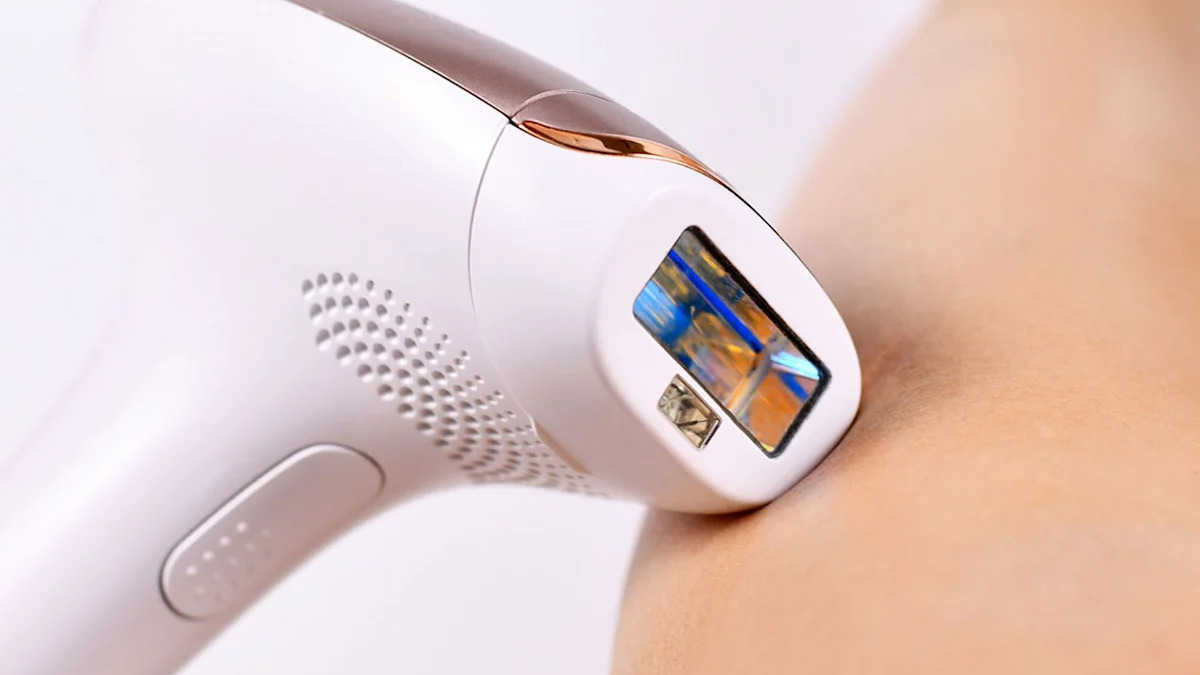

For Women
How To Use Laser Hair Removal
Modified: September 23, 2023
Learn how women can effectively use laser hair removal to achieve long-lasting results. Say goodbye to unwanted hair with our informative guide.
(Many of the links in this article redirect to a specific reviewed product. Your purchase of these products through affiliate links helps to generate commission for Under-tec.com, at no extra cost. Learn more)
Table of Contents
Introduction
Laser hair removal has become increasingly popular among women as an effective and long-lasting method of hair removal. With advancements in technology, this procedure offers a convenient and relatively painless solution to unwanted hair. Whether you are tired of the constant upkeep of shaving or want a permanent reduction in hair growth, laser hair removal might be the answer you’ve been looking for.
But before diving into the details of laser hair removal, it’s essential to understand how it works and what to expect throughout the process. This article will guide you through the ins and outs of laser hair removal, from preparation to recovery, and provide valuable insights into its advantages and disadvantages.
Imagine waking up each day without worrying about shaving, waxing, or plucking unwanted hair. Laser hair removal offers a solution to this tiresome routine by targeting hair follicles, inhibiting future hair growth, and leaving your skin smooth and hair-free. Unlike traditional hair removal methods, such as shaving or waxing, which provide temporary results, laser hair removal offers a more permanent solution.
Before embarking on the laser hair removal journey, it’s crucial to have a clear understanding of the procedure, its benefits, and any potential risks involved. By familiarizing yourself with the process, you can make informed decisions and have realistic expectations about the outcome. After all, the ultimate goal is to achieve smooth, hair-free skin with minimal discomfort and long-lasting results.
In the following sections, we will explore the various aspects of laser hair removal, including the procedure itself, the necessary preparations beforehand, the aftercare required, and the pros and cons of this popular hair removal method. By the end of this article, you will have a comprehensive understanding of laser hair removal and be well-equipped to decide if it is the right choice for you.
Understanding Laser Hair Removal
Laser hair removal is a safe and effective technique that uses concentrated beams of light to target and destroy hair follicles. The laser energy is absorbed by the pigment in the hair, which then heats and damages the follicle, inhibiting further hair growth. This process selectively targets the hair while leaving the surrounding skin unharmed.
It’s important to note that laser hair removal works best on individuals with dark hair and lighter skin tones. The laser is attracted to the darker pigment in the hair, making it less effective on blonde, gray, or red hair. However, advancements in technology have made laser hair removal more accessible for a wider range of hair colors and skin types.
The procedure is performed by a licensed professional, typically in a medical spa or dermatology clinic. During the treatment, a handheld device emitting the laser light is passed over the targeted areas. The duration of the procedure depends on the size of the area being treated, with smaller areas like the upper lip taking just a few minutes, while larger areas such as the legs may require up to an hour.
It’s important to note that laser hair removal is not a one-time treatment. Since hair grows in cycles and not all hair follicles are active at the same time, multiple sessions are needed to achieve optimal results. On average, most individuals require around six to eight sessions spaced several weeks apart to see significant hair reduction.
While laser hair removal is generally considered safe, there are certain risks and considerations to keep in mind. Some individuals might experience temporary side effects such as redness, swelling, or mild discomfort during and after the procedure. It’s crucial to follow the aftercare instructions provided by the practitioner to minimize potential risks and maximize the effectiveness of the treatment.
Understanding the science behind laser hair removal and its limitations is essential before undergoing the procedure. By knowing what to expect, you can make an informed decision and have realistic expectations for the outcome. If you have any concerns or questions, it’s always advisable to consult with a qualified professional who can provide personalized advice based on your unique circumstances.
Preparing for Laser Hair Removal
Before undergoing laser hair removal, there are several important steps you should take to prepare for the procedure. Proper preparation can help ensure the best results and minimize any potential risks or complications. Here are some essential factors to consider:
1. Find a reputable provider: Research and select a licensed professional or clinic with experience in laser hair removal. Read reviews, check their credentials, and schedule a consultation to discuss your goals and any concerns you may have.
2. Avoid sun exposure: Protect your skin from sun exposure for at least four weeks before your first laser hair removal session. Sunburned or tanned skin can increase the risk of side effects and decrease the effectiveness of the treatment. Use sunscreen with a high SPF and cover exposed areas when outdoors.
3. Stop waxing or plucking: Refrain from waxing, plucking, or electrolysis for at least six weeks before the treatment. Laser hair removal targets hair follicles, and these methods remove the hair from the root, making it difficult for the laser to detect and destroy the follicles effectively.
4. Shave the treatment area: The day before your scheduled appointment, it is recommended to shave the treatment area. This ensures that the laser energy is focused on the hair follicles and not wasted on the surface hair. Avoid using depilatory creams as they can irritate the skin.
5. Avoid certain skincare products: A week before laser hair removal, avoid using any skincare products that can irritate your skin, such as products containing retinol or alpha-hydroxy acids. These can make your skin more sensitive during the treatment.
6. Stay hydrated and moisturize: Hydrated skin responds better to laser treatment. Drink plenty of water in the days leading up to your appointment and moisturize your skin regularly to keep it healthy and supple.
7. Consult with your healthcare provider: If you have any underlying medical conditions or are taking medications that could interfere with laser hair removal, it is important to consult with your healthcare provider beforehand. They can advise you on any necessary precautions or adjustments to your treatment plan.
By following these pre-treatment guidelines, you can ensure that your laser hair removal sessions are as effective and comfortable as possible. Remember to discuss any questions or concerns you have with your chosen provider to establish a personalized plan that meets your needs and goals.
The Laser Hair Removal Procedure
The laser hair removal procedure typically begins with a consultation with a trained professional who will assess your skin type, hair color, and any medical conditions that may affect the treatment. They will explain the process and answer any questions you may have. Once you are ready to proceed, the actual procedure will follow these general steps:
1. Preparation: The treatment area will be cleaned and prepared for the procedure. This may involve trimming the hair to a specific length, depending on the guidelines provided by your practitioner.
2. Protection: Both you and the technician will be required to wear protective eyewear to shield your eyes from the laser light.
3. Test patch: In some cases, a small test patch will be performed on a small area of your skin to check the reaction and ensure that the settings are appropriate for your skin type.
4. Laser application: The technician will use a handheld device to deliver the laser pulses to the targeted area. The laser emits a specific wavelength of light that is absorbed by the pigment in the hair follicles, damaging them and inhibiting future hair growth.
5. Sensations during treatment: You may experience a sensation similar to the snapping of a rubber band against the skin or a slight tingling or warmth. Some discomfort is normal during the procedure, but most people tolerate it well. If needed, the technician can apply a cooling gel or use a device with a built-in cooling mechanism to minimize any discomfort.
6. Multiple sessions: Since hair grows in cycles, multiple sessions are necessary to target all hair follicles during their active growth phase. Each session will be spaced a few weeks apart to allow the hair to shed and new hair to enter the growth phase.
7. Post-treatment care: After the laser hair removal session, the treated area may appear red and slightly swollen, similar to a mild sunburn. The technician will provide specific instructions on how to care for the treated area, which may include avoiding sun exposure, using soothing creams or ice packs, and refraining from using harsh skincare products.
It’s important to note that the duration of the laser hair removal procedure varies depending on the size and location of the treatment area. Smaller areas such as the upper lip or underarms may only take a few minutes, while larger areas like the legs or back may take up to an hour.
By following these steps and adhering to the aftercare instructions provided by your practitioner, you can enhance the effectiveness of laser hair removal and minimize the potential for any adverse reactions.
Aftercare and Recovery
After undergoing a laser hair removal treatment, it is essential to follow proper aftercare measures to ensure the best possible results and a smooth recovery. Here are some important guidelines to follow:
1. Protect your skin from the sun: After treatment, your skin may be more sensitive to sunlight. It is crucial to avoid direct sun exposure and use a broad-spectrum sunscreen with a high SPF to protect the treated area. If possible, cover the area with clothing or seek shade when outdoors.
2. Avoid heat and friction: For the first 24 to 48 hours following treatment, avoid activities that generate heat or can cause friction on the treated area. This includes hot showers, saunas, steam rooms, vigorous exercise, and tight-fitting clothing. Heat and friction can irritate the skin and potentially lead to complications.
3. Keep the area clean: Gently clean the treated area with mild soap and water. Avoid using harsh cleansers or exfoliants, as they can irritate the skin. Pat the area dry with a clean towel and avoid rubbing or scrubbing the area.
4. Moisturize regularly: Apply a gentle, non-irritating moisturizer to the treated area regularly. This helps keep the skin hydrated and soothes any potential redness or irritation. Consult with your technician or dermatologist to recommend a moisturizer suitable for your skin type.
5. Avoid picking or scratching: It is crucial to refrain from picking, scratching, or exfoliating the treated area. Doing so can disrupt the healing process and increase the risk of scarring or infection.
6. Be patient with results: It is important to remember that laser hair removal is a gradual process. You may not see significant results after the first session. It may take multiple sessions to achieve the desired outcome. Be patient and follow the recommended treatment plan provided by your practitioner.
7. Report any concerns: If you experience any concerning side effects or have any questions during your recovery, do not hesitate to contact your technician or healthcare provider. They can provide guidance and address any issues that arise.
It’s important to note that everyone’s recovery process may vary. Some individuals may experience mild redness, swelling, or temporary changes in skin pigmentation, while others may have no noticeable side effects. Following proper aftercare measures can help optimize your results and ensure a smooth and comfortable recovery.
Remember, laser hair removal is a long-term solution for hair reduction, but it is not entirely permanent. Over time, some hair may regrow, albeit finer and lighter. Maintenance sessions may be required to target any regrowth and maintain smooth, hair-free skin.
Advantages and Disadvantages of Laser Hair Removal
Laser hair removal offers several advantages over traditional hair removal methods, but it also has its limitations. Understanding both the benefits and drawbacks can help you make an informed decision about whether laser hair removal is the right choice for you. Here are some of the key advantages and disadvantages:
Advantages:
- Long-lasting results: Laser hair removal provides longer-lasting results compared to shaving, waxing, or plucking. The procedure targets the hair follicles, inhibiting future hair growth and reducing the need for constant maintenance.
- Time and cost-effective: In the long run, laser hair removal can be more cost-effective than other methods. While the upfront cost may be higher, you’ll save money over time by avoiding the continuous expenses of razors, waxing appointments, or depilatory creams. Additionally, laser hair removal treats larger areas in one session, reducing the overall treatment time.
- Precision and effectiveness: Laser hair removal precisely targets darker hair follicles without damaging the surrounding skin. It can effectively reduce hair growth and provide smoother skin in the treated areas.
- Reduced ingrown hairs: Many people experience fewer ingrown hairs after laser hair removal. By targeting the hair follicles, laser treatment decreases the likelihood of hairs getting trapped beneath the skin’s surface, resulting in fewer ingrown hairs.
Disadvantages:
- Multiple sessions required: Laser hair removal is not a one-time treatment. It requires multiple sessions to target all hair follicles during their growth phases. Depending on various factors, you may need six to eight sessions or more to achieve optimal results.
- Not suitable for all skin and hair types: Laser hair removal works best on individuals with darker hair and lighter skin tones since the laser targets the pigment in the hair follicles. It may be less effective on blonde, gray, or red hair. However, advancements in technology have made laser hair removal more accessible for a wider range of hair colors and skin types.
- Potential side effects: While generally safe, laser hair removal can cause temporary side effects such as redness, swelling, or mild discomfort. In rare cases, it may lead to burns, blisters, or changes in skin pigmentation. However, these side effects are typically temporary and subside within a few days or weeks.
- Cost considerations: Laser hair removal can be more costly upfront compared to other hair removal methods. The total cost depends on the size of the treatment area, the number of sessions required, and the geographical location of the clinic.
Discussing your specific concerns, skin type, and medical history with a licensed professional will help determine if laser hair removal is suitable for you. They can provide personalized advice and guide you through the process.
Frequently Asked Questions
Here are some commonly asked questions about laser hair removal:
1. Is laser hair removal painful?
Laser hair removal may cause some discomfort or a slight tingling sensation during the procedure. However, most individuals find it tolerable, and the discomfort is usually minimal. The advancement in technology has led to the development of devices with built-in cooling mechanisms, which help to alleviate any potential discomfort.
2. How long does a laser hair removal session last?
The duration of a laser hair removal session depends on the size and number of areas being treated. Smaller areas like the upper lip or underarms may take just a few minutes, while larger areas such as the legs can take up to an hour.
3. Are the results of laser hair removal permanent?
Laser hair removal offers long-lasting results, but it is not entirely permanent. It can significantly reduce hair growth, and many individuals experience a long-term reduction in hair density. However, some hair may regrow over time, usually finer and lighter. Periodic maintenance sessions may be required to target any regrowth and maintain desired results.
4. Can laser hair removal be performed on any part of the body?
Yes, laser hair removal can be performed on almost any part of the body, including the face, bikini area, legs, arms, underarms, and back. It is important to consult with a trained professional to determine the appropriateness of the treatment for the specific area you wish to target.
5. How many sessions are needed for optimal results?
The number of sessions required varies depending on factors such as hair type, skin color, and the area being treated. On average, most individuals require six to eight sessions spaced several weeks apart to achieve optimal results. It is important to follow the recommended treatment plan provided by your practitioner for the best outcome.
6. Can laser hair removal cause skin damage?
Laser hair removal, when performed by a qualified professional, is generally safe and has minimal risk of causing skin damage. However, there is a small risk of potential side effects, such as redness, swelling, or changes in skin pigmentation. These side effects are typically temporary and subside within a short period. It is crucial to choose a reputable clinic and follow the aftercare instructions provided by your practitioner to minimize any potential risks.
7. Can laser hair removal be performed on all skin types?
Advancements in laser technology have made it possible to perform laser hair removal on a wider range of skin types. However, certain types of lasers work best on individuals with fair to medium skin tones and dark hair. It is important to consult with a professional to determine which type of laser is suitable for your skin type and hair color.
It is always recommended to consult with a licensed professional or dermatologist to address any specific concerns or questions you may have about laser hair removal. They can provide a personalized assessment and guide you through the process, ensuring that you have all the information you need for a successful and satisfying experience.
Conclusion
Laser hair removal offers a convenient and effective solution to unwanted hair for women. By targeting the hair follicles, this procedure provides longer-lasting results compared to traditional hair removal methods. While it may require multiple sessions and have certain limitations, laser hair removal has become increasingly popular due to its precision and effectiveness.
Understanding the laser hair removal process, from preparation to aftercare, is crucial for achieving the best possible results. Taking the time to find a reputable provider, following pre-treatment guidelines, and adhering to post-treatment care instructions can enhance the effectiveness of the procedure and minimize any potential risks or complications.
Remember that laser hair removal is not a one-size-fits-all solution. Factors such as skin type, hair color, and medical history can influence the outcomes and suitability of the treatment. Consulting with a licensed professional will ensure that you receive personalized advice and a treatment plan tailored to your specific needs and goals.
While laser hair removal offers long-lasting results, it is important to have realistic expectations. Results may vary, and periodic maintenance sessions may be required to address any regrowth and maintain smooth, hair-free skin.
If you are tired of the constant hassle and maintenance of traditional hair removal methods and want to achieve long-term results, laser hair removal may be worth considering. By making informed decisions, following proper guidelines, and seeking professional advice, you can embark on the journey towards smoother, hair-free skin confidently.

